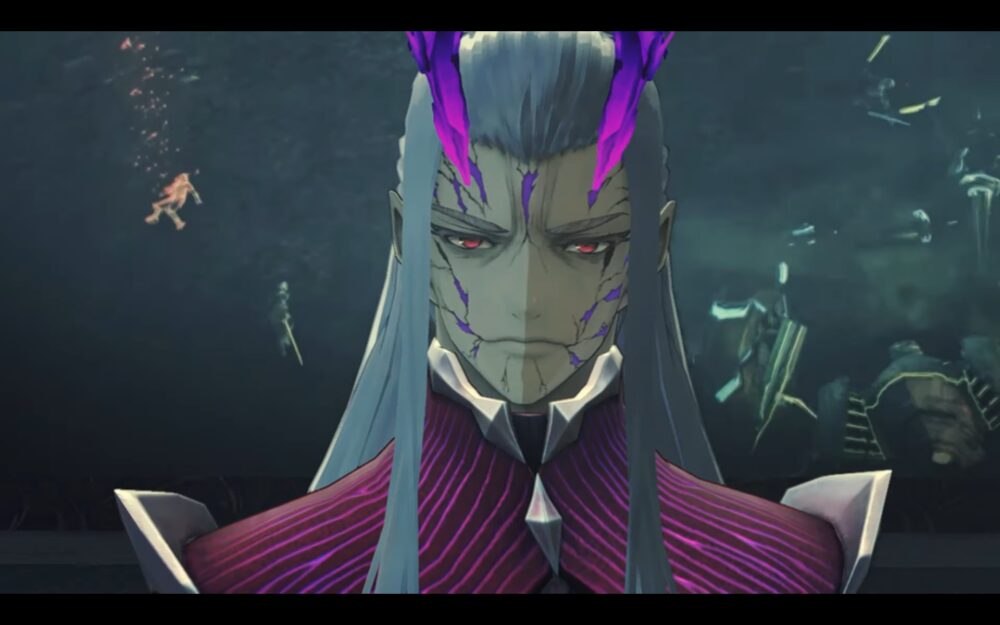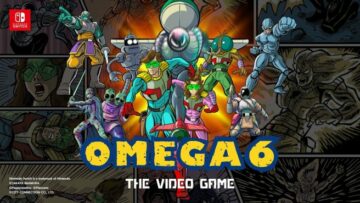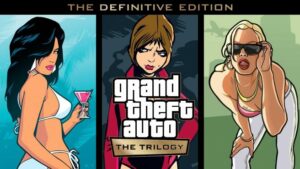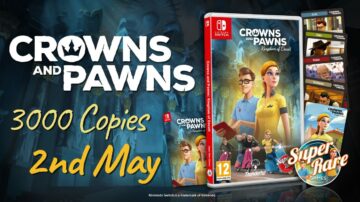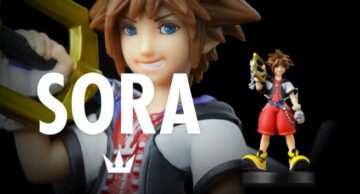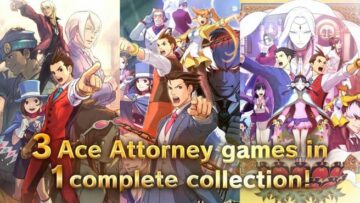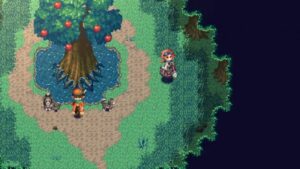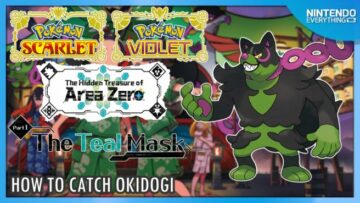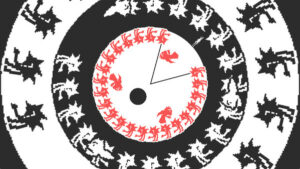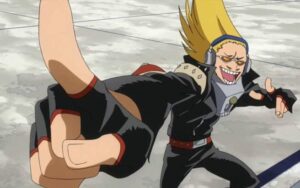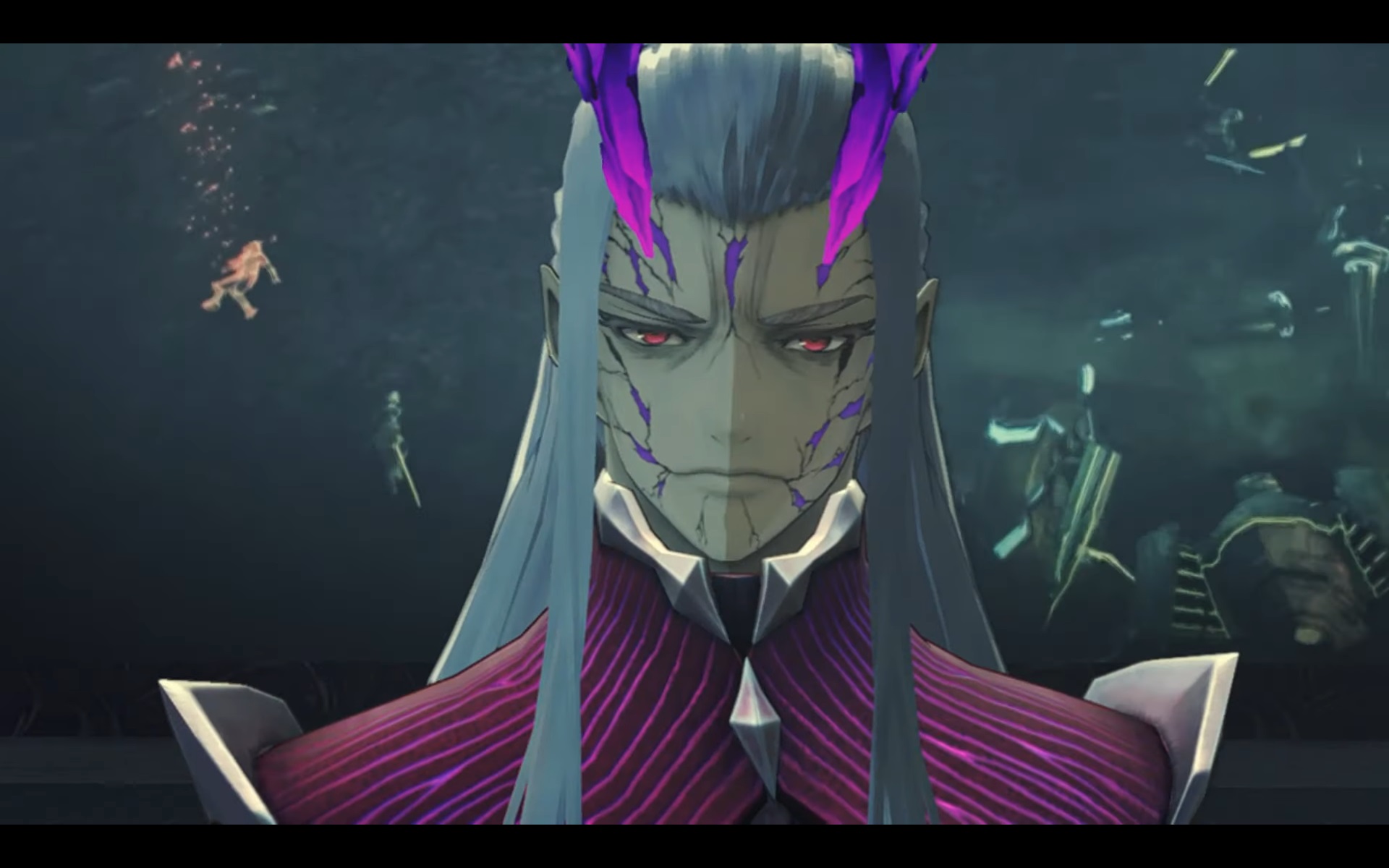
Tetsuya Takahashi, the executive director and writer for Xenoblade Chronicles 3, explained how he approached Moebius and Z in the game.
Players battle different members of the Consuls, or Moebius, throughout the adventure. It all ultimately concludes with a face-off against Z with Noah and the rest of the gang looking to change the harsh reality of their world, which sees never-ending war and soldiers with ten-year lifespans.
Here’s what Takahashi had to say regarding Moebius and Z in Xenoblade Chronicles 3:
“When thinking about making the story for Xenoblade Chronicles 3 there were a number of things I wanted to do. The first was the enemies. I wanted to make some small changes to the way enemies were drawn. For example, in Xenoblade Chronicles 1 and 2, the role of the villain has a certain pride – an aesthetic perhaps, even philosophy or belief, something that makes them feel righteous. They were made with the intention of seeing a very interesting clash between the player and their own sense of justice. So for example, Egil in Xenoblade Chronicles 1, and Jin in Xenoblade Chronicles 2 are characters that may even elicit sympathy from the player. I suppose you could call it a theatrical technique or standard procedure to show the villains’ way of living.
In Xenoblade Chronicles 3 we tried to make the villain closer to reality. And what do we mean when we say ‘closer to reality’? Let’s make the enemy someone very influential. It’s a little dangerous to make someone so powerful the enemy, but let’s try it! As Z puts it, it’s the logic of the real world, if you can decide the logic, you have the power to make things happen. Even these powerful, influential people have their own lives and ties to others, but what we see on the surface and we feel as the root of these people is largely… what would I say… desire… perhaps for control, or money, or prestige or even sometimes lust. Generally once that takes root, a bad person may be born. I wonder what it would be like if these kinds of people were the losers instead.
Regarding the persistent Moebius enemies, they exaggerated the unpleasantness and absurdity of people in the real world and hence were an enemy that was impossible to empathize with. So instead of that for the main story, and also for the quests, the game was made with the focus on the young people, their beliefs, thoughts and their resistance. Towards the end of the game there’s a scene where Z says “It’s because it amuses me,” but he could have easily said, ‘three-star restaurants are so delicious’, or ‘I can’t help but make money’ – the actual line could be anything. Simply, I feel I wanted to make the Moebius embody the unpleasantness of reality, compared to the main characters, and the protagonists, who I wanted to depict more concretely.
In fiction, the villains are normally somehow cool, even someone like a politician, but it’s a little disappointing that in reality there really aren’t villains like that, those in the fictional world are better I suppose. I wonder if some of those more stylish people appear in the real world? (laughs) Initially I thought I could use a motif of the ugliness and absurdity of reality in the game, almost like I suppose you could say a ‘microcosm’. I wanted to bring out the feeling of ‘in reality it’s not a great thing to have your life controlled like that!’ Noah and his friends have to live by rules that they didn’t decide themselves. My first thought was I wanted to depict people who can destroy the system.”
Takahashi also recently acknowledged fan interest in wanting to see beyond the ending of Xenoblade 3 and shared some lore for the game. You can read about that here.
Translation provided by Simon Griffin, Philip Proctor, and SatsumaFS on behalf of Nintendo Everything.
- SEO Powered Content & PR Distribution. Get Amplified Today.
- PlatoData.Network Vertical Generative Ai. Empower Yourself. Access Here.
- PlatoAiStream. Web3 Intelligence. Knowledge Amplified. Access Here.
- PlatoESG. Carbon, CleanTech, Energy, Environment, Solar, Waste Management. Access Here.
- PlatoHealth. Biotech and Clinical Trials Intelligence. Access Here.
- Source: https://nintendoeverything.com/xenoblade-chronicles-3-moebius-z-explained/
- 1
- a
- About
- acknowledged
- actual
- Adventure
- aesthetic
- Against
- All
- almost
- also
- an
- and
- Anything
- appear
- approach
- ARE
- as
- bad
- Battle
- BE
- because
- behalf
- belief
- beliefs
- Better
- between
- beyond
- born
- bring
- but
- by
- call
- CAN
- certain
- change
- changes
- characters
- closer
- compared
- concludes
- Control
- controlled
- cool
- could
- dangerous
- decide
- destroy
- different
- Director
- disappointing
- do
- drawn
- easily
- embody
- end
- ending
- even
- everything
- Example
- executive
- Executive Director
- explained
- explains
- fan
- feel
- Fiction
- First
- Focus
- For
- Friends
- from
- game
- Gang
- generally
- great
- had
- happen
- has
- Have
- he
- help
- hence
- his
- How
- HTTPS
- i
- if
- impossible
- in
- influential
- initially
- instead
- intention
- interest
- interesting
- Is
- IT
- jpg
- Justice
- kinds
- Life
- like
- Line
- Little
- Live
- lives
- living
- logic
- looking
- made
- main
- make
- MAKES
- Making
- May
- me
- mean
- Members
- money
- Monolith Soft
- more
- my
- Nintendo
- Nintendo Everything
- noah
- normally
- not
- number
- of
- on
- once
- or
- Others
- out
- own
- People
- perhaps
- person
- philosophy
- plato
- plato data intelligence
- platodata
- platogaming
- player
- power
- powerful
- prestige
- procedure
- provided
- puts
- quests
- read
- Real
- real world
- Reality
- really
- recently
- Regarding
- resistance
- REST
- Restaurants
- role
- rules
- Said
- say
- says
- scene
- see
- seeing
- sees
- sense
- shared
- show
- Simon
- Simply
- small
- So
- soft
- some
- somehow
- someone
- something
- sometimes
- standard
- Story
- stylish
- Surface
- system
- takes
- technique
- that
- The
- The Game
- their
- Them
- themselves
- there
- These
- they
- thing
- things
- Thinking
- those
- thought
- Throughout
- ties
- to
- towards
- tried
- try
- ultimately
- use
- very
- wanted
- wanting
- war
- was
- way
- we
- were
- What
- when
- where
- WHO
- with
- wonder
- world
- would
- writer
- Xenoblade
- xenoblade chronicles
- Xenoblade Chronicles 2
- Xenoblade Chronicles 3
- you
- young
- your
- Z
- zephyrnet
